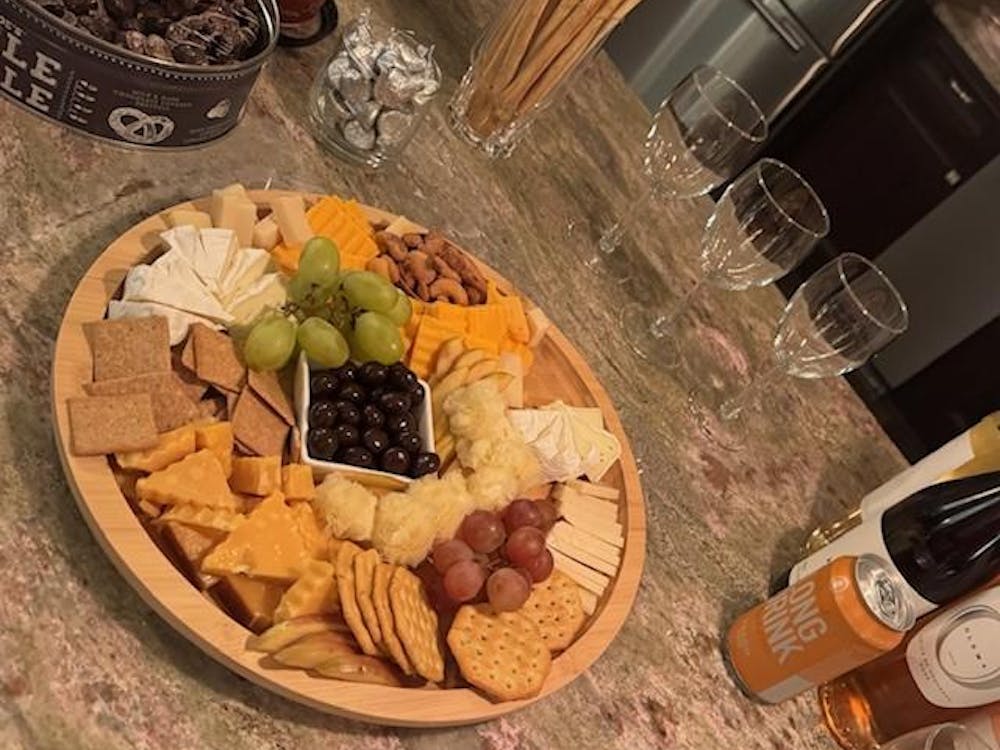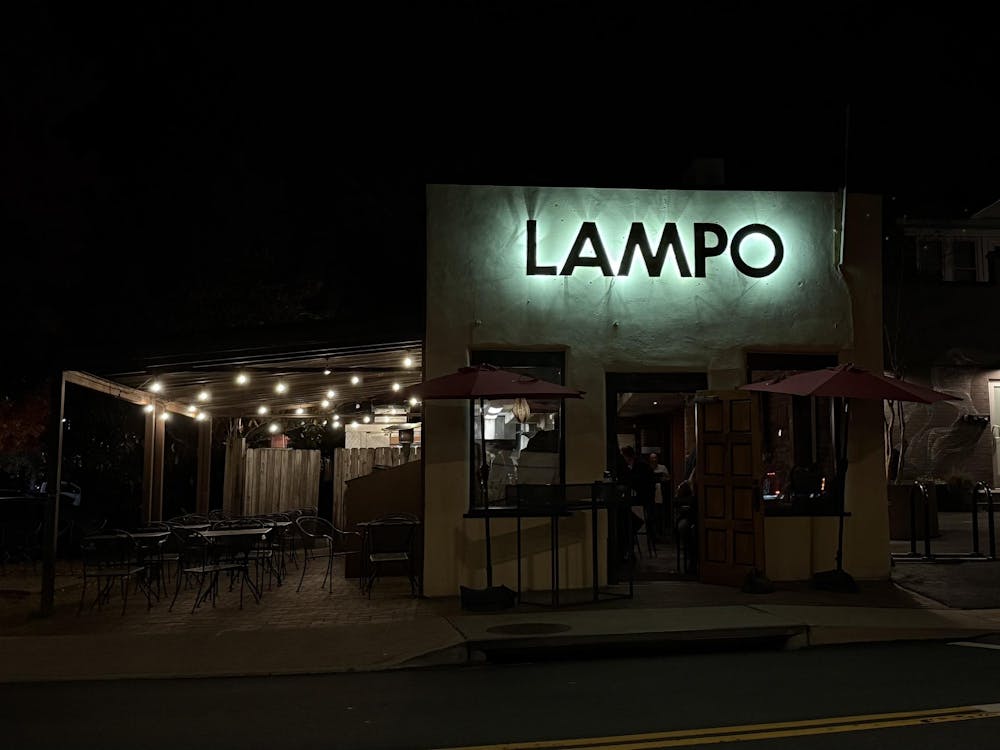The hazy March sunlight reflects off the windows of a small brick building sitting atop the grassy slope of Pantops Mountain. Inside the Piedmont Hospice offices, the white-walled cubicles seem as cheerful as the wide-smiling employees clicking away at computer terminals. But somehow, it seems hard to believe that an organization as isolated as this one could travel beyond the 250 bypass and touch the lives of so many terminally ill patients and University Hospice volunteers.
Perhaps more than any other University student, the Hospice Program has impacted Brenda Corace. When it comes to discussing her involvement with the Hospice volunteers program, the second-year College student is a trained pro.
Having initiated the newly founded Hospice of the Piedmont program at the University as well as a similar program at her Florida high school, Corace is no stranger to the publicity and organizational responsibilities that go along with forming this type of group.
"Because Brenda had started the same sort of program at her high school, she took the initiative to gather interest for people who wanted to participate in this type of program and was very efficient in laying the groundwork," said Preston Jones, a second-year College student and vice president of administration for the group.
Corace's experience helped create what she calls a "non-profit organization which volunteers with the terminally ill and their families." The University group is a division of its area sponsor, Piedmont Hospice, and provides comfort to patients and their families. The students make visits to these patients in their homes, at hospitals and in nursing homes.
After she arrived at the University and found there was no such program available to students, Corace decided to take it upon herself to form one.
She remembers the excitement about the program easily spread.
"I volunteered all throughout high school and with Madison House last spring, but I had never done anything like this before," said Amanda Tubbs, Hospice training chairwoman and volunteer.
"I was excited because it was so different and also because this was something I could do on my own after I graduate once I had been trained," she said.
But even though Corace was able to find a large interest among the University population, training was likely to be the largest obstacle the group faced.
"Once I had gathered interest, I contacted Hospice and told them I had about 30 people who wanted to train," Corace said. "They ended up being able to train a group of 20."
Barbara Moorhead, coordinator of volunteer services at Hospice of the Piedmont, explained that the organization prefers to train small groups because of the personnel required and the intensive nature of the training.
"I had to interview everyone prior to the training to find out why they wanted to volunteer," Moorhead said. "A lot of people have an idea of what Hospice is that's not really accurate."
The Hospice program is not only limited by size, but by location as well.
"Because Hospice does not typically train students, they held many of their training sessions in places as much as 40 minutes away, which was virtually impossible for students," Corace said. "The program was really great though because they organized a group on Grounds to train."
Corace says this was a big help to the students but that it was still difficult working around everyone's schedules and coordinating all of the nurses and social workers involved with the training to come to Grounds.
Still, for this passionate group of volunteers, it was worth it.
"I was so amazed by the excited responses I got from people who wanted to train because when you first tell people you volunteer with the terminally ill, it can be kind of intimidating," Corace continues.
Once the training for these volunteers was underway, they had to begin taking on administrative responsibilities, including an application for a $1,000 service grant.
The grant enabled the group to purchase a video camera as well as other necessary equipment to start up a project called "Life Reviews."
"These videos are geared to be sort of the stories of their lives," Corace said. "The patients can talk about their memories, their achievements, or things they've wanted to say to their families. They then act as a kind of living memorial for the families."
Moorhead admits to being initially hesitant about the videos because of confidentiality issues with the patients, but once the Hospice volunteers began the program, she was incredibly impressed.
"I absolutely love the 'Life Reviews,'" Moorhead said. "The patient who we started with was so thrilled, and it's a nice way for patients to be able to say things to their families that they might not be able to say in person."
The program does not focus solely on the patients, however. Corace commented that much of their work involves just talking to the patients' families and trying to ease their pain.
Moorhead agrees the organization's student volunteers allow a patient's full-time caretaker a much-needed break.
"One person said, 'I just wanted to be able to take a bath without being interrupted.' Hospice volunteers can provide that opportunity," Moorhead said.
For many of the volunteers, helping these families out allows them to escape the University bubble.
"I get so wrapped up in school, and friends, and my boyfriend, but for three hours a week, I take a little time out, and the family is so appreciative of what you do because their lives are so stressful," Tubbs said. "It really puts things in perspective."
Despite its immense rewards, this type of program is not for everyone, Tubbs said.
"I think that it would be great if we got more volunteers, but I don't really ever see it being the trendy thing to do," she said. "It takes a lot, and it's a very serious commitment."
She remembers that although the Hospice of the Piedmont coordinators were very excited about the volunteers, they were also somewhat hesitant initially.
"They wanted us to know that it wasn't like going to volunteer at a day care every week," said Hobbs.
But since then, Moorhead claims that the administration at Hospice of the Piedmont has been nothing but impressed with the University volunteers.
"One student has a patient in a nursing home, and everyone has been raving at how wonderful this patient has been doing since her visits with the volunteer," Moorhead said.
This was part of the reason the training was so important for the students.
"In our training there was a heavy emphasis on the fact that death is a very natural occurrence," Tubbs said. "You are no longer trying to heal these patients, you are simply trying to help them die a good death"






